How sports betting apps use behavior design to drive user addiction
A visual primer
In 2018, the Supreme Court struck down the federal ban on sports gambling. Almost immediately, the industry took off. Sports betting is currently legal in 38 states, while American companies made about $13.78B in revenue on $149.9B in bets in 2024. Nearly half of American men 18-49 have online gambling accounts.
This is a seismic change from the past. Before 2018, betting on sports legally generally required physically going to a sportsbook, which were located in a handful of locations like Nevada and Atlantic City, New Jersey. Betting, in other words, required commitment and effort. (One could also bet illegally with a bookie, a thriving industry for sure but one with an even larger entry barrier.)
In 2025, however, betting on sports is everywhere. So are betting company ads, as anyone with a passing familiarity with sports media will tell you. The biggest growth area is online sports betting. Download an app, fund your account, bet away. It’s nearly effortless, and addicting by design. This rapid growth has lead to a surge in bankruptcies among young men who have become addicted to online gambling. Nicholas wrote recently on political strategy to protect users and weaken the industry’s growing grip on sports culture.
Betting apps use ideas described and developed by Stanford professor BJ Fogg, creator of Behavior Design, as well as the Hooked Model championed by Fogg acolyte Nir Eyal and described in his book Hooked: How to Build Habit-Forming Products. These apps drive addiction with the same strategies deployed by TikTok, Instagram, X, and virtually every other download at the top of the app store. (Plenty of now famous names passed through Fogg’s lab before building their highly addictive products.)
Eyal’s book details the four steps required to “spark interest and attention”: Trigger, Action, Variable Reward, Investment. To understand the success of modern sports betting, it’s helpful to break these categories down individually:
Trigger—External or internal cues that prompt action.
Action—Getting the user to do a simple, easy thing; a quick win.
Variable Reward—Study after study show uncertain rewards lead to more addicting behavior.
Investment—Make the user work a little and they will feel attached, wanting to return.
The result: In less than a decade, sports gambling went from a thing that happened at a handful of sportsbooks across the country (mostly inside casinos) to an activity done by millions of people every day.
Here are some examples of how sports gambling apps systematically pull users into addictive betting habits.
Note: We took representative screenshots from DraftKings and BetMGM, two of the apps that are available in New York state.
The Trigger: Getting users attention
These opening offers give new bettors bonus bets if they win their first bet, leading to “safe” plays and easy wins. Wins are highly reinforcing to bettors, even if the amount won is small because the bet was high probability.
And most importantly, these offers give new users a strong incentive to make a bet in their first user session, rather than just cautiously exploring the app and eventually deciding not to bet or getting distracted. Once a user places their first bet, the apps are confident they will stay engaged to see how the bet does.
***
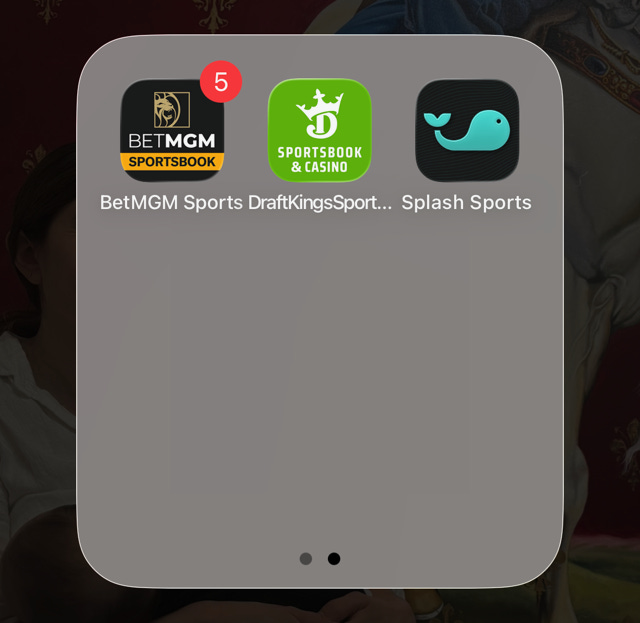
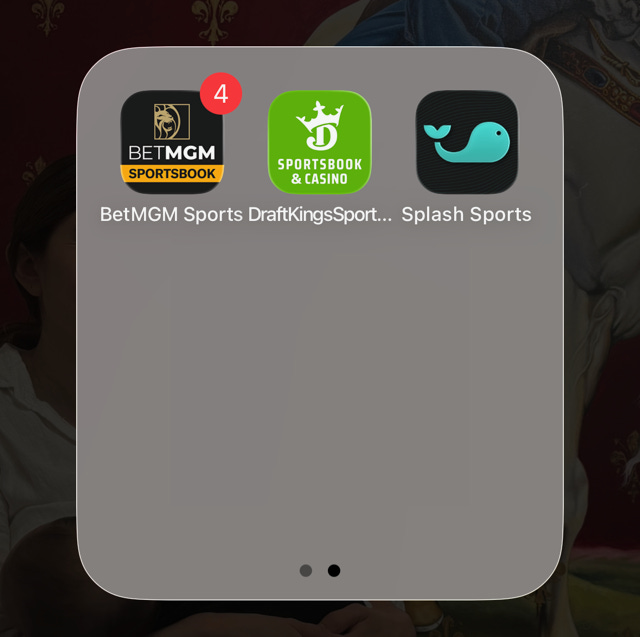
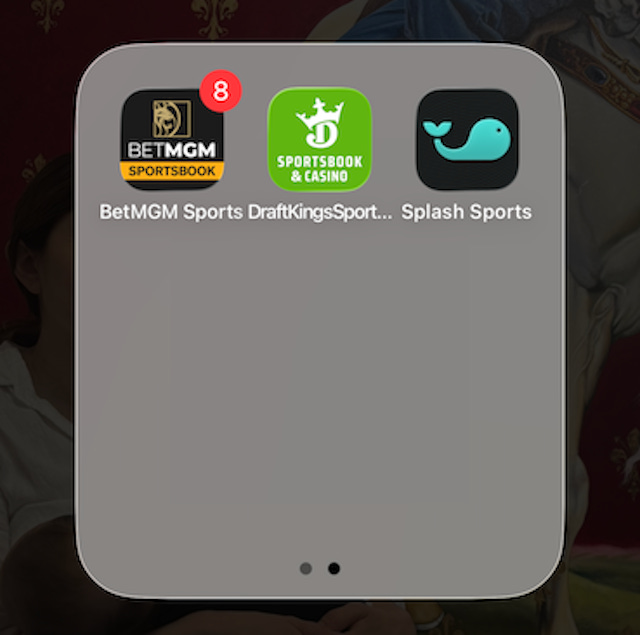
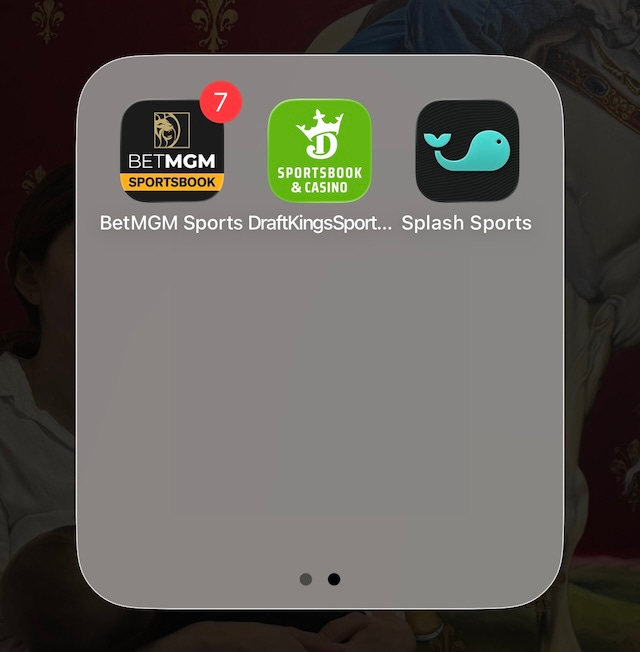
Once you start using the a betting app, the iPhone home screen notifications never stop. In our testing, it wasn’t clear what the red numbers actually refer to—it wasn’t the number of live events to bet on or bets we had placed or anything we could figure out. The only function of the number seemed to be to draw the user’s attention.
After placing a bet, it’s easy to share it or create a group to exchange picks between friends. Social engagement is highly motivating for retention in any app.
***
An example of how the apps highlight live betting inside the app. Drawing players into real-time interaction will increase their time in the app and the number of bets they place, building and deepening the habit.
***
Apps like DraftKings give new players a percentage of the money they deposit while also promising referral bonuses. The user must opt into the offers, reinforcing interaction between new gamer and platform. There’s also a referral bonus for bringing friends on board.
Action: starting with a simple quick win
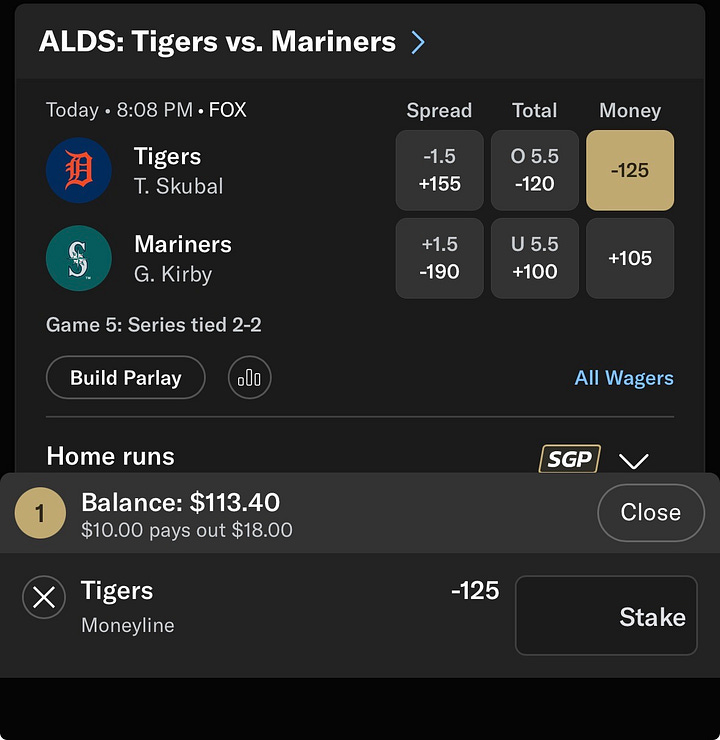
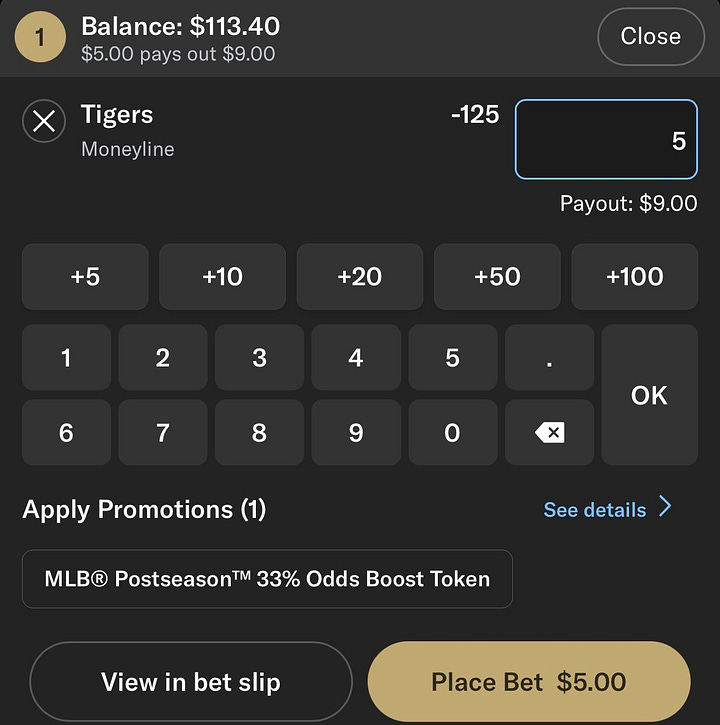
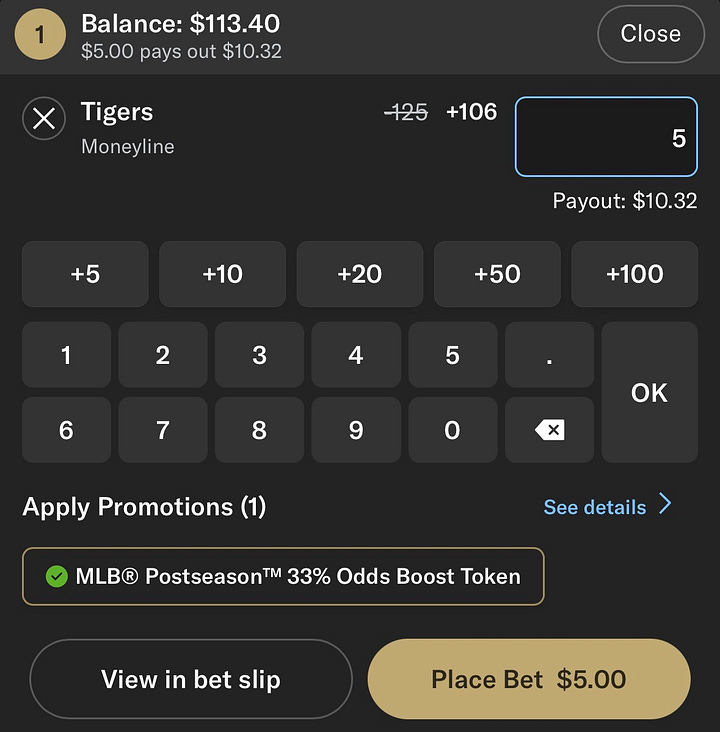
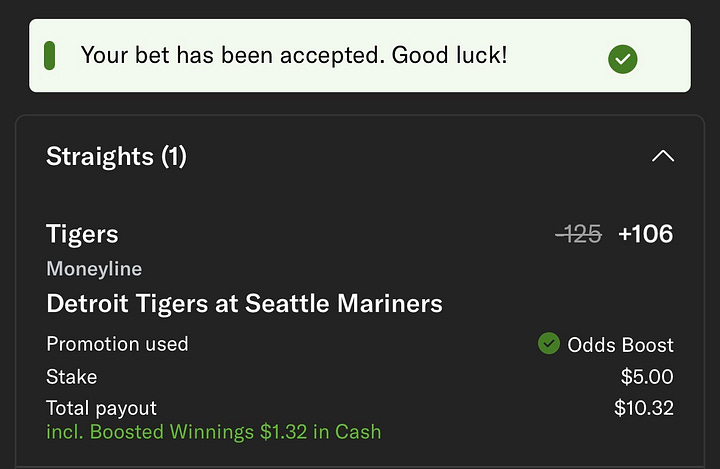
Placing a bet is so easy. Three clicks. We even had a surprise boost to use. Go Tigers. (They lost.)
***
Odds change constantly in live betting, with green and red borders indicting updated figures. This keeps users in the app, capturing more attention and mindshare.
***
The apps learn your habits and preferences to make personalized recommendations that are most likely to get you to places more and bigger bets.
Variable Reward: always be changing
Every time you log on, there are new and seemingly random Profit Boosts and other “deals.”
***
The UX displays auto-created parlays (a single bet that combines multiple event wagers), showing how many other people placed the same bet. FOMO is strong.
Investment: now you’re committed
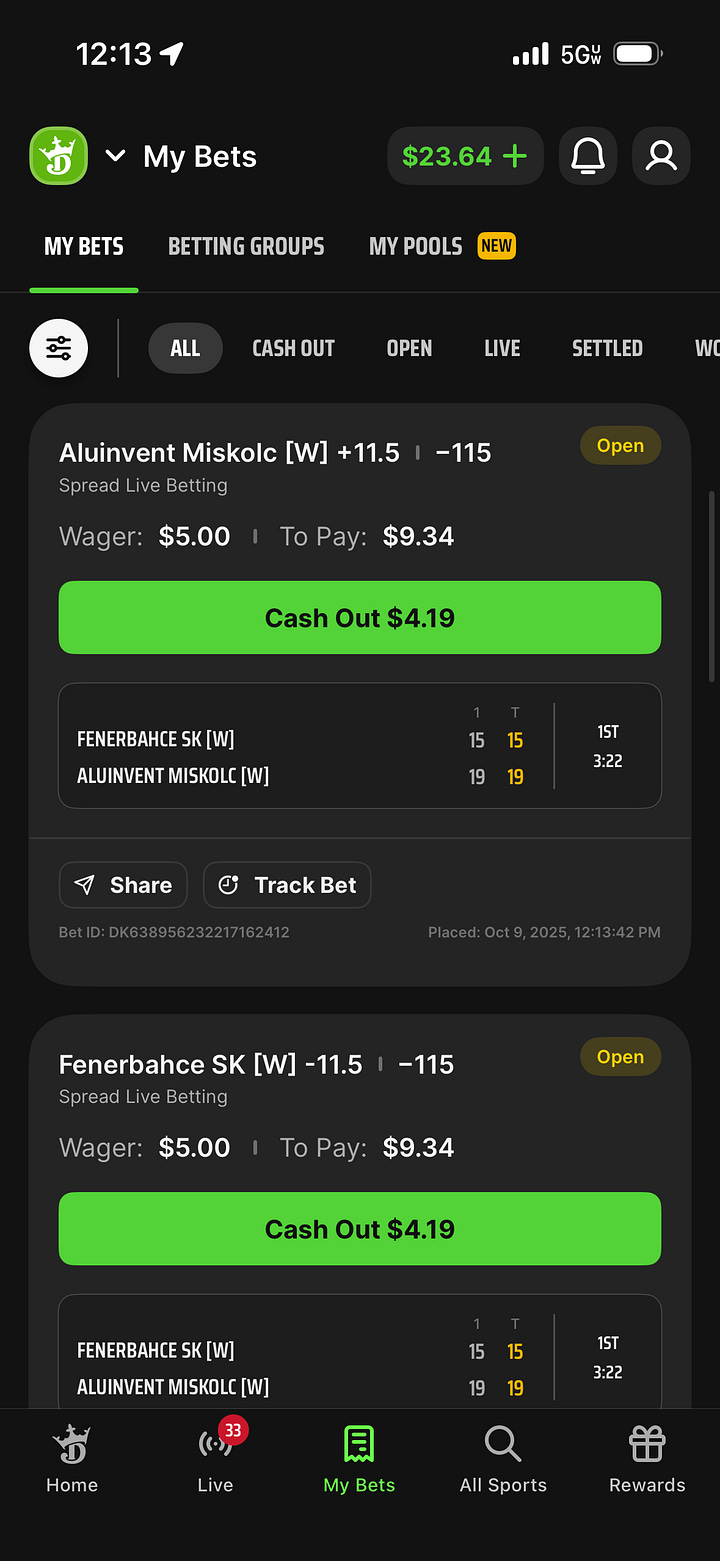

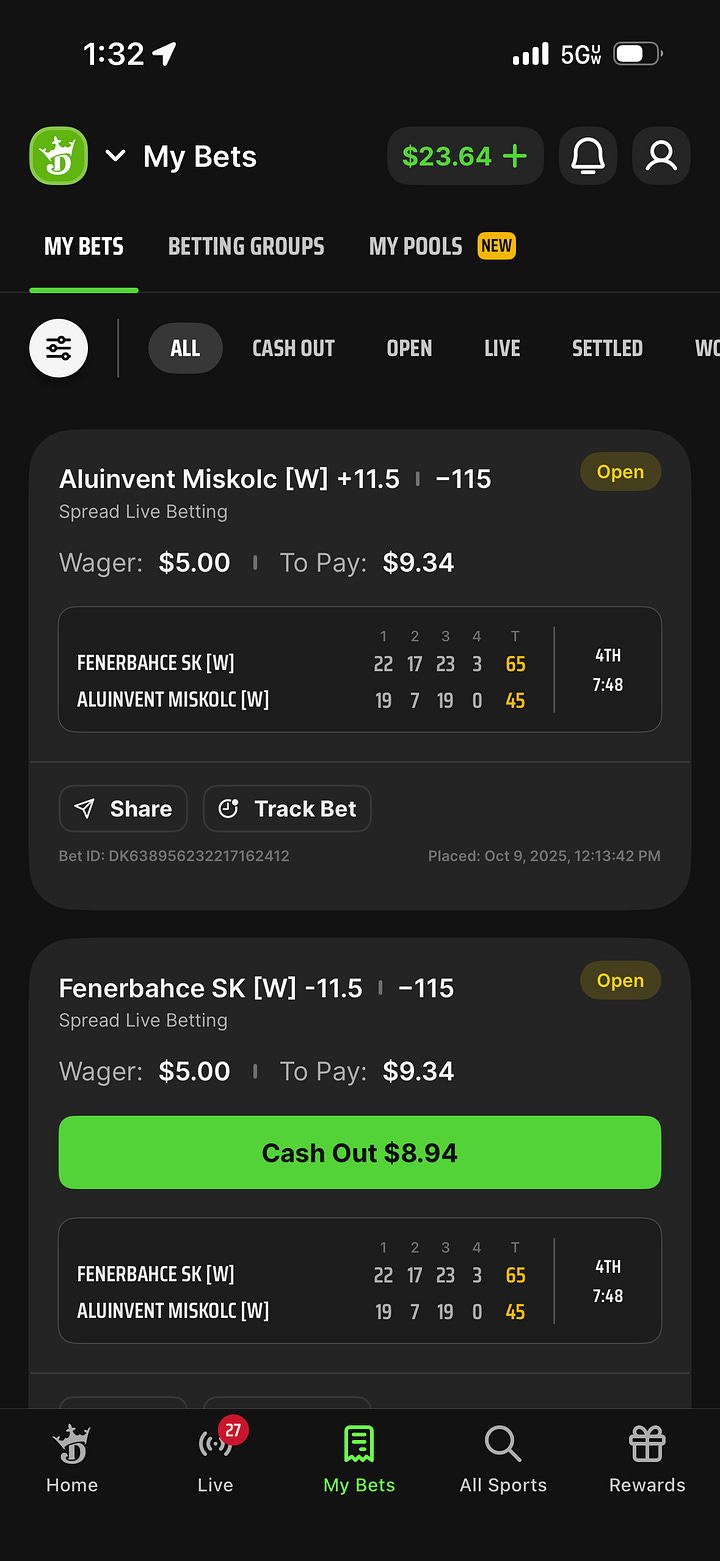
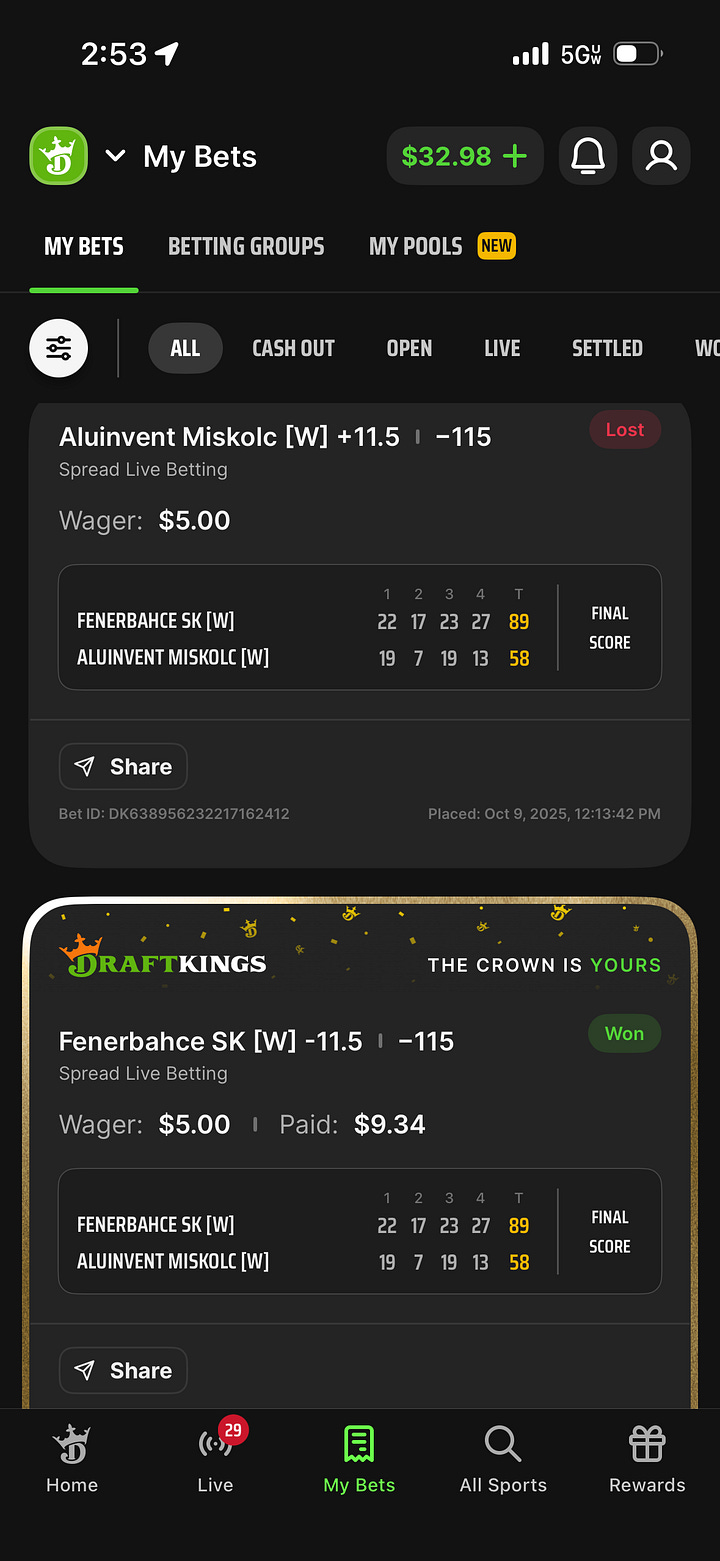
After placing a bet, a person doesn’t need to wait until the event ends to cash out. If the game starts trending in your direction, you can take your gains early. In these screenshots, you can see how the payout offered immediately after placing a bet (image 1) was the same for both sides of the bet. When the bet started trending Fenerbahce’s way, the payout offered for that bet increased while the payout offered for Aluinvent Miskolc decreased (image 2), until it wasn’t offered anymore (image 3). At the conclusion of the game, the Fenerbahce bet cashed, paying out $9.34, while the Aluinvent Miskolc bet went to $0. Had we cashed out the Aluinvent Miskolc when DraftKings offered us $1.31, we would have taken that amount back, a loss of $3.69 ($5 initial bet minus $1.31) but it might have felt like a profit since we didn’t lose all the money as we did when Aluinvent Miskolc lost by more than the 11.5-point spread.
(Yes, we were live betting on a Euroleague Women’s basketball game at noon on a Thursday afternoon. )
***
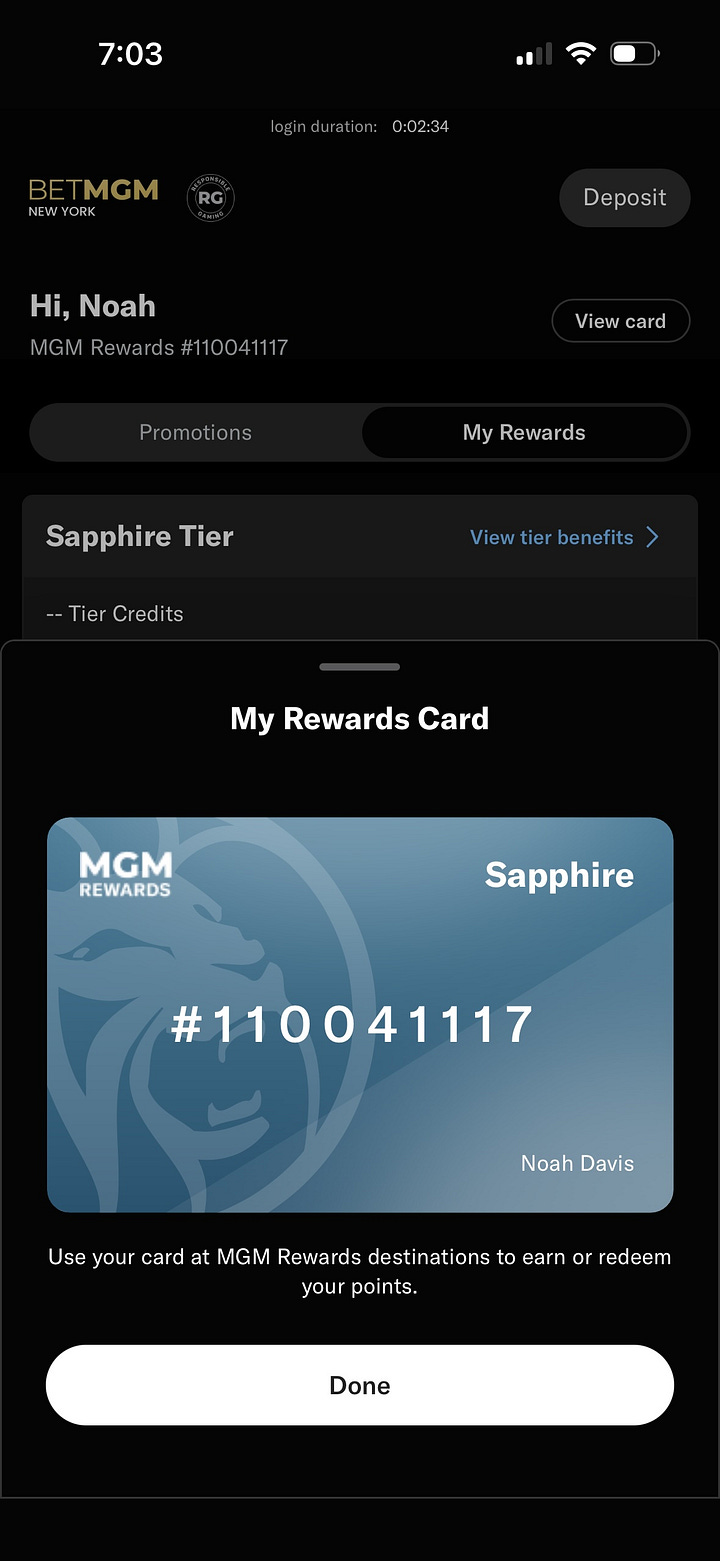
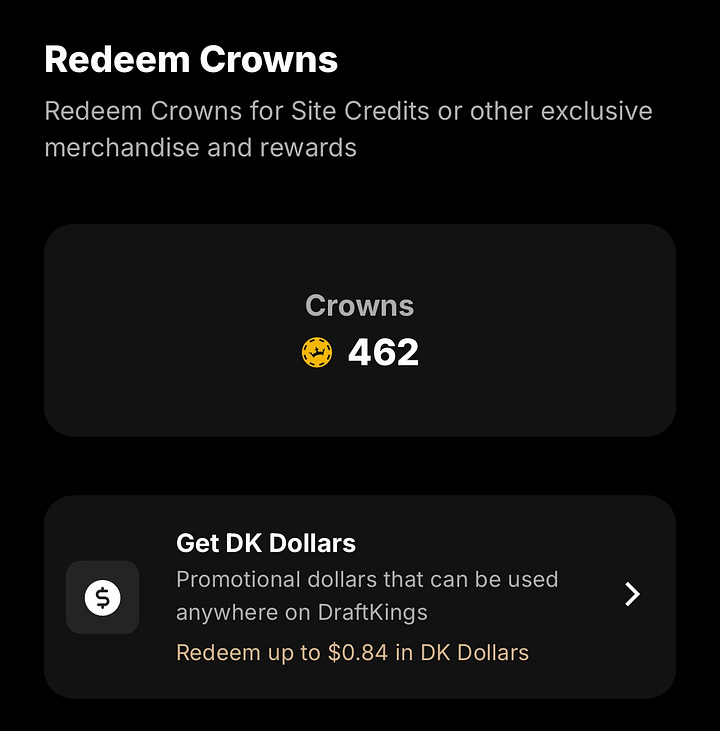
BetMGM and DraftKings offer their own rewards programs, some combination of cash back, future bets, and membership cards that can be used at digital and physical locations. The goal is to keep users in the app’s ecosystem, getting them dedicated not only to sports betting generally, but to the individual provider specifically.
As the gambling infrastructure, rules, and regulations develop and different aspects become legal in different states, providers will seek to drive users to more products. For example, DraftKings already offers multiple gambling apps in addition to its sportsbook—Daily Fantasy Sports, Casino, Pick 6, DK Horse—although they can only be used by users in some states. (Sports gambling was legal in New Jersey before New York. One could, if one wanted, take a ferry from Lower Manhattan to Jersey City, betting on an app as soon the geolocation recognized that the ferry had crossed the state line in the middle of the Hudson, then take the next ferry back.)




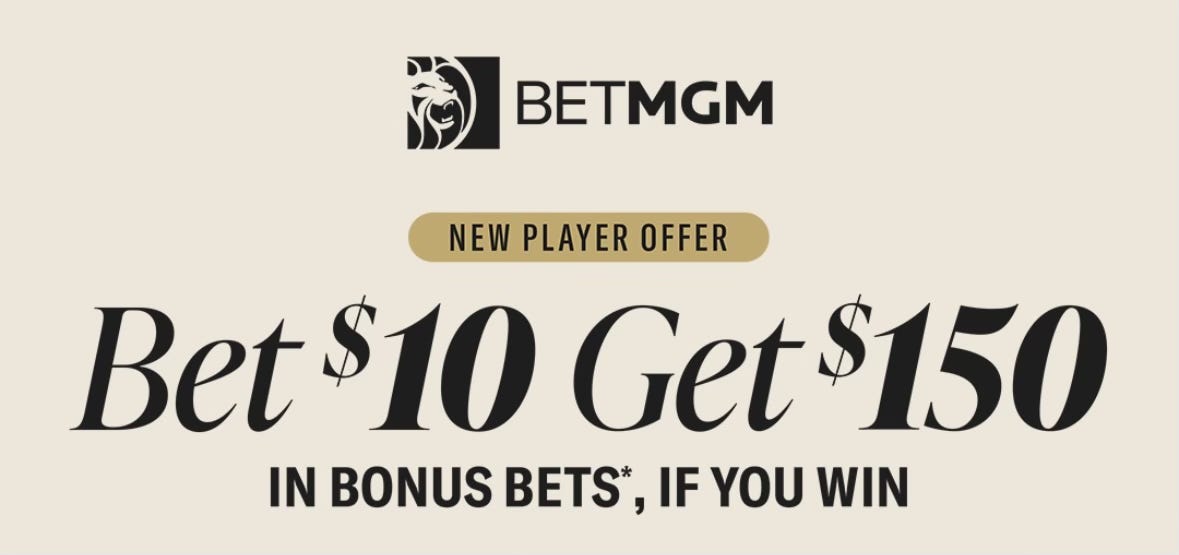
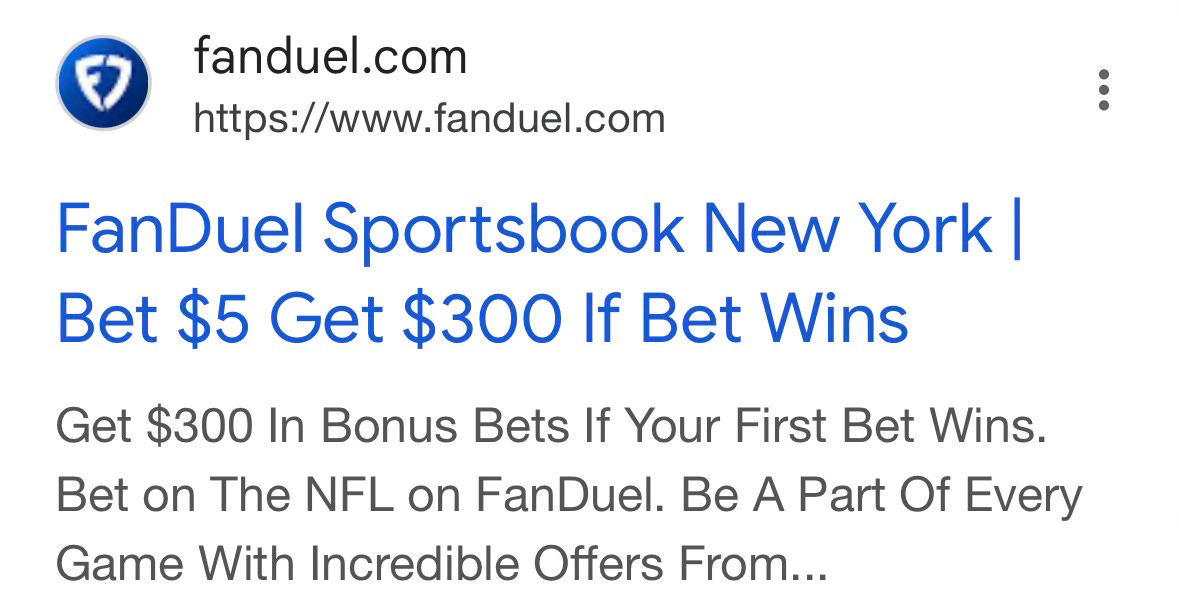

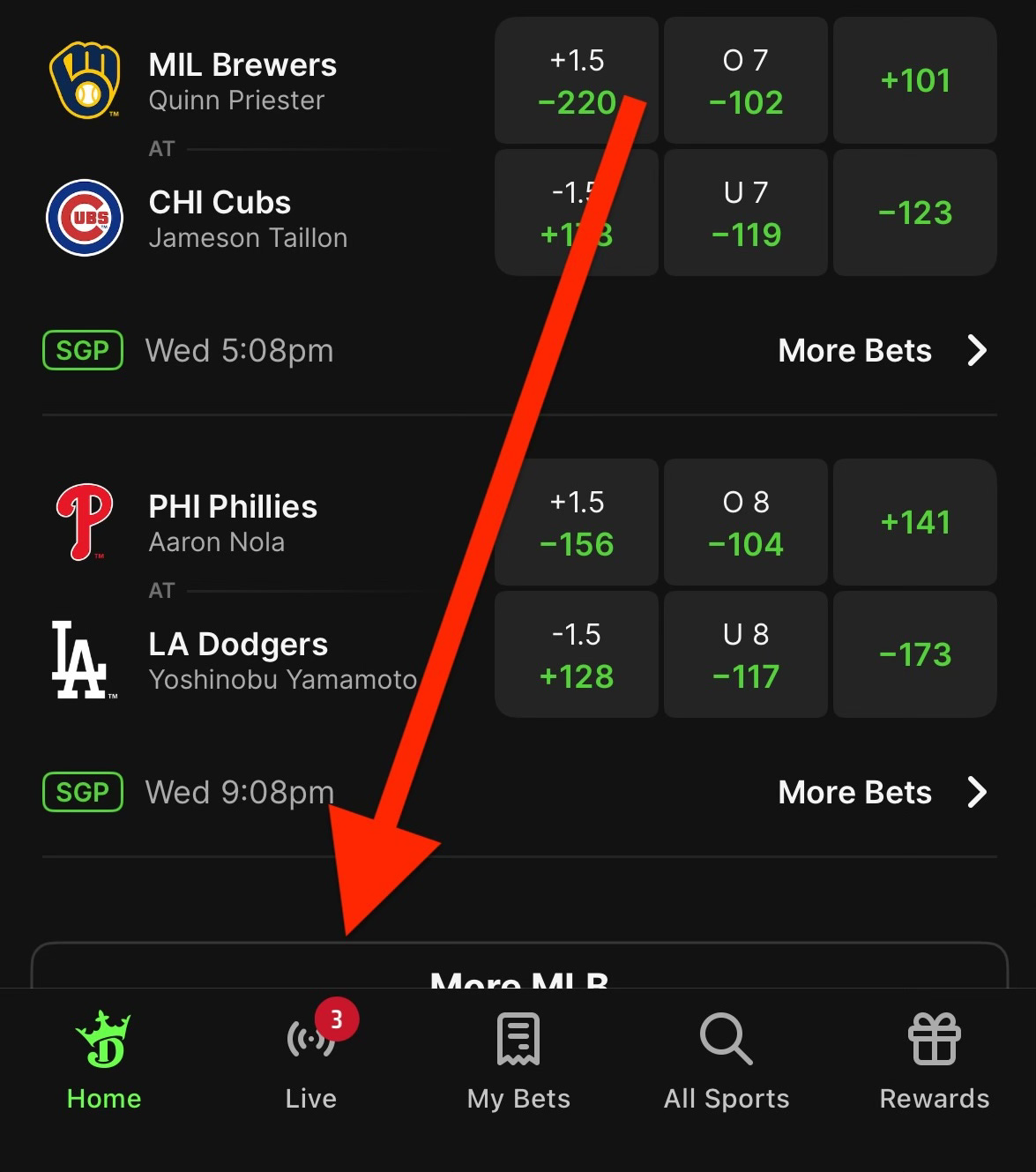
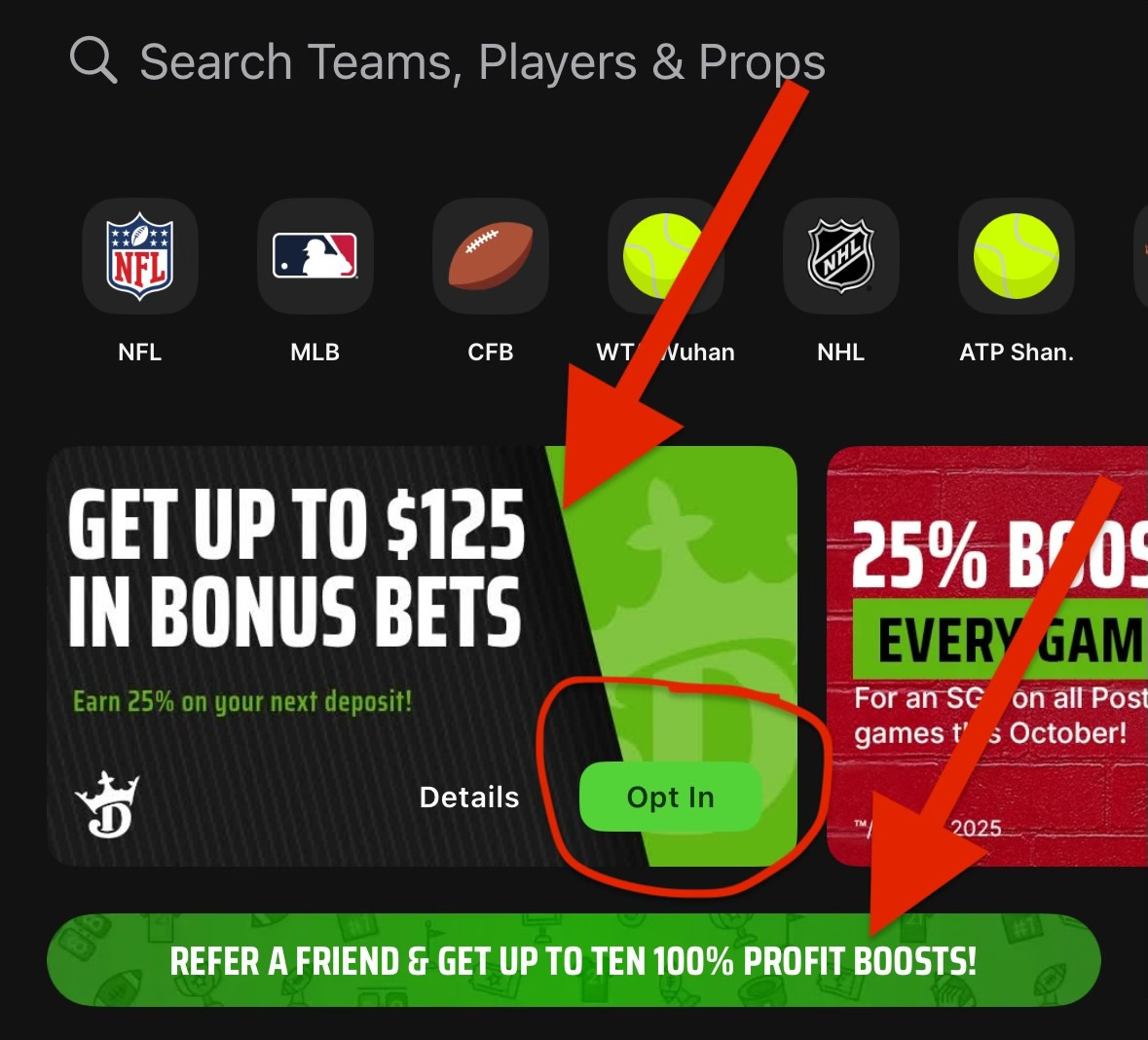
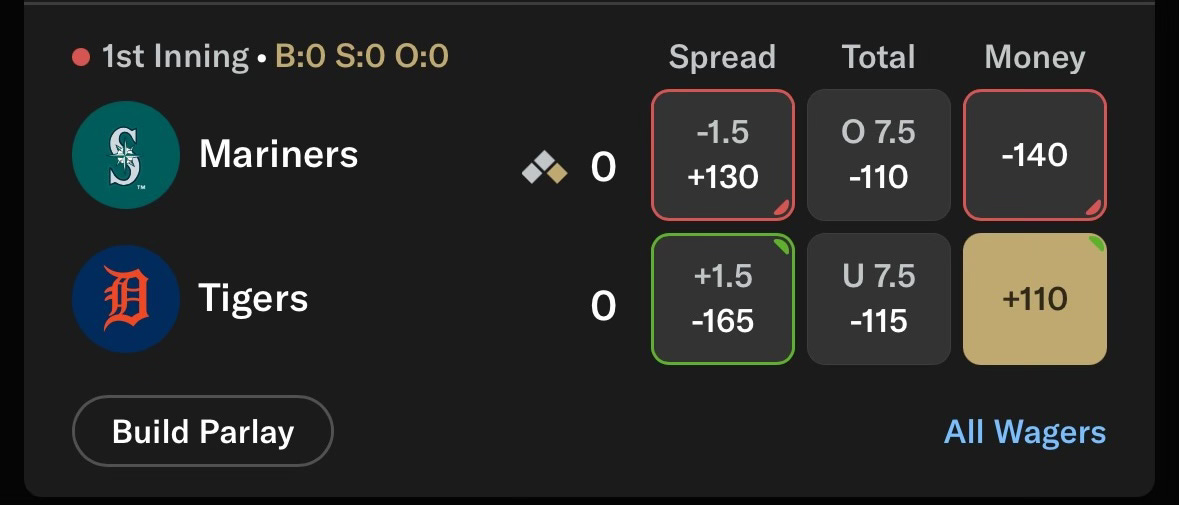
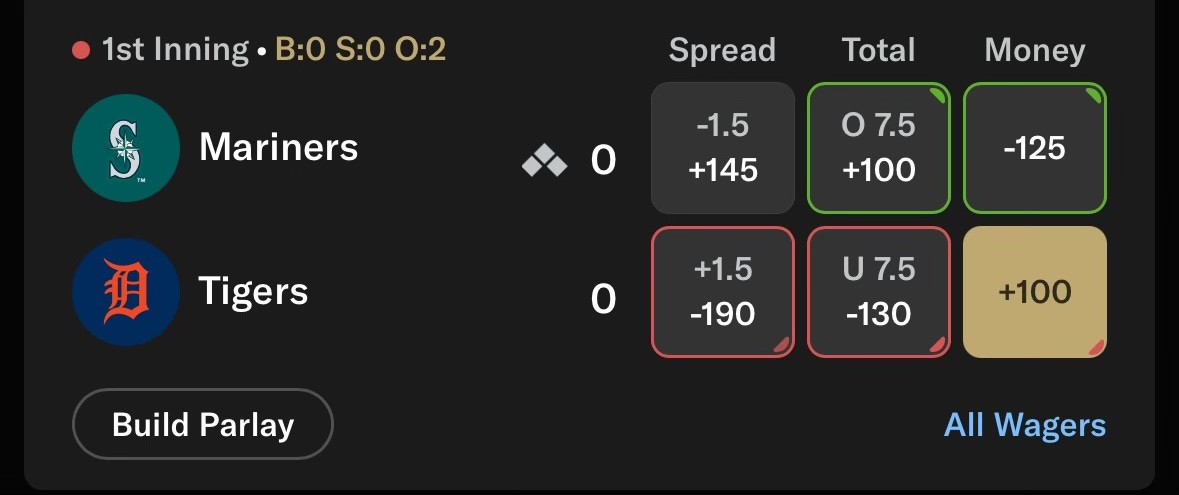
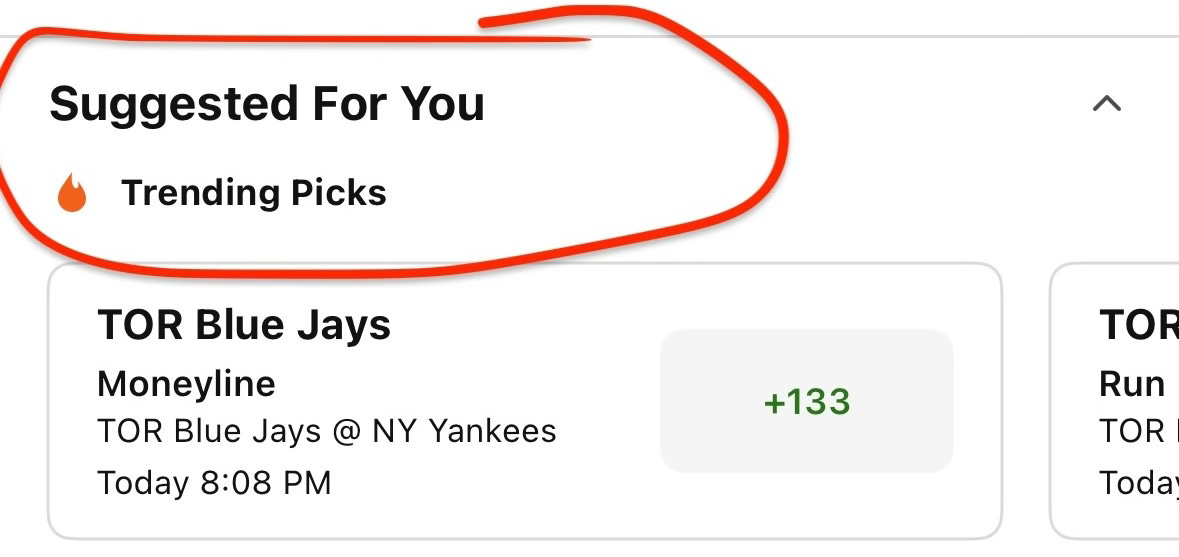
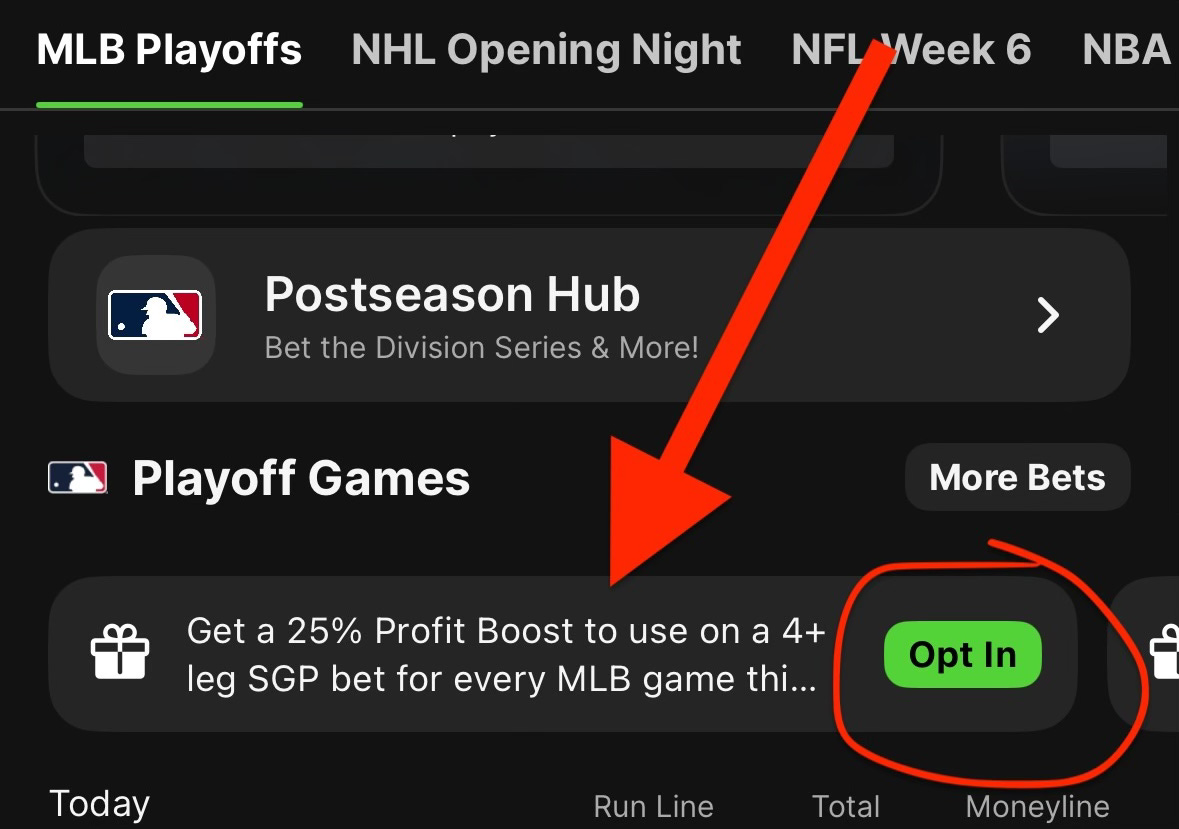
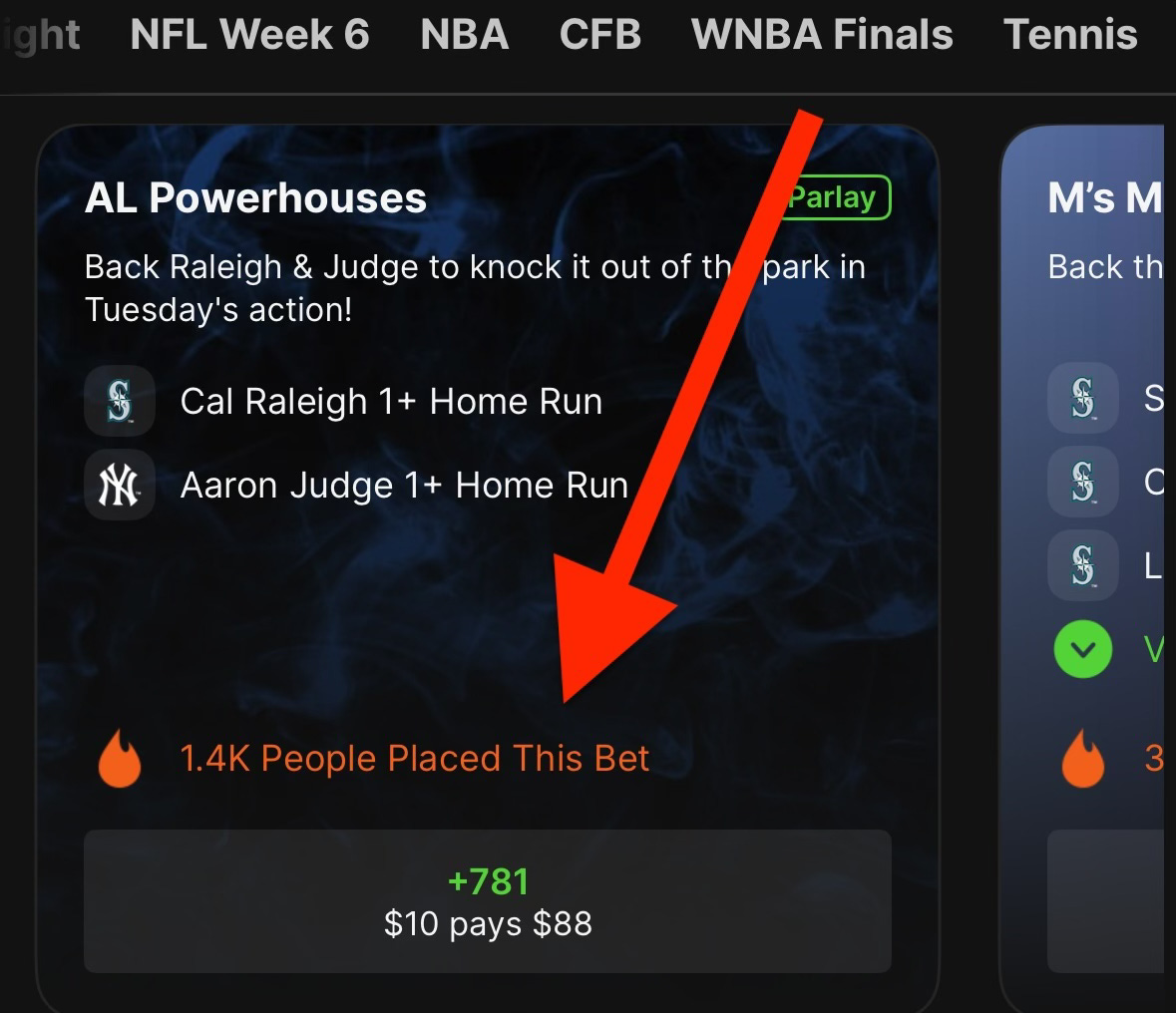
Thanks! Very interesting read!
Good information. Really appreciate your expertise